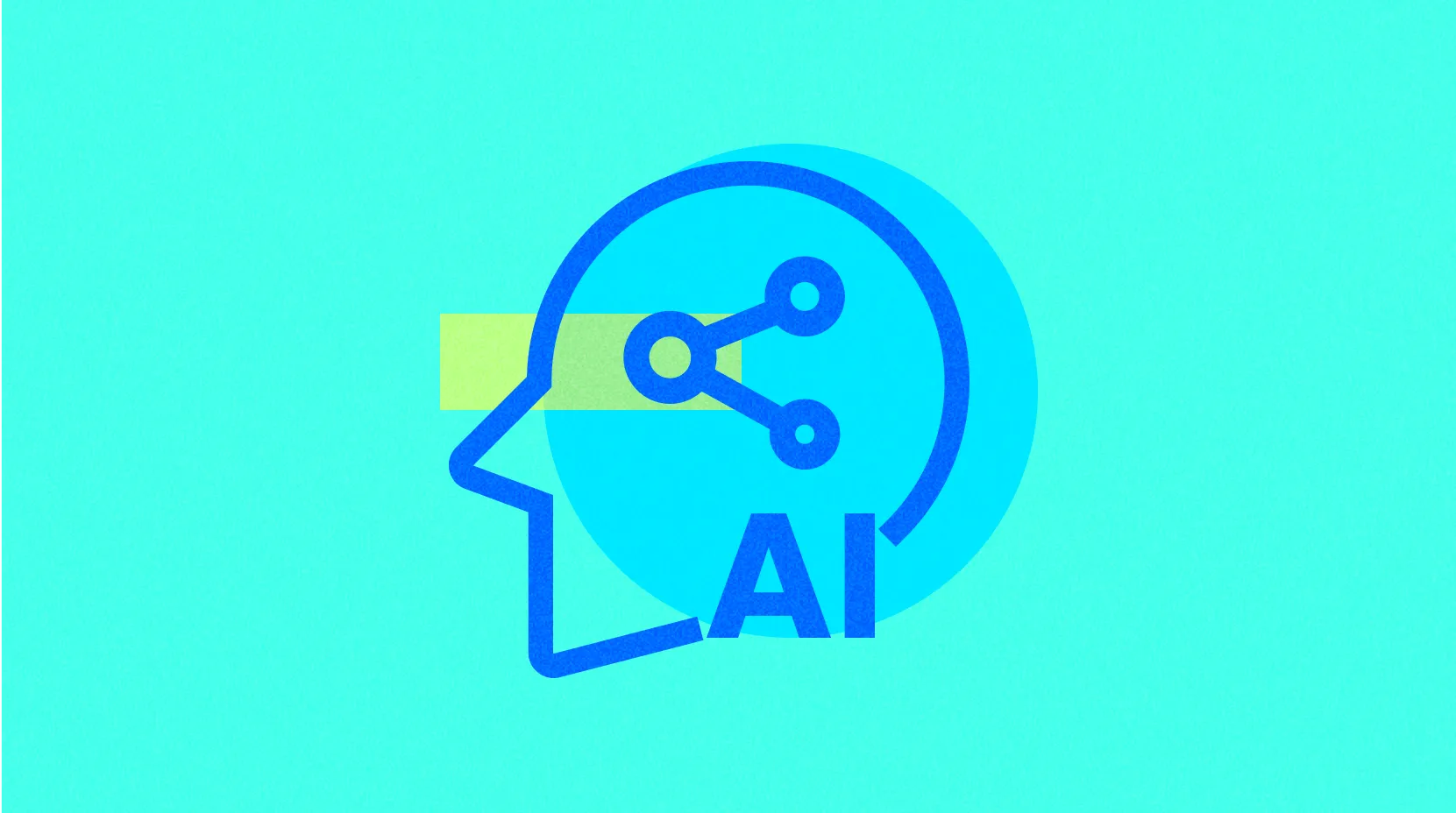ETH Scanner

An ETH Scanner is a specialized web application tool designed for exploring and querying the Ethereum blockchain, allowing users to view transaction records, smart contract code, account balances, and network status in real-time. These tools provide a transparent window into Ethereum network data without requiring users to run a full node to access detailed on-chain information.
The origins of Ethereum scanners can be traced back to shortly after the Ethereum mainnet launch in 2015. As the demand for blockchain transparency grew, developers recognized the need to create user-friendly interfaces to parse complex blockchain data. Early scanners were relatively simple, displaying only basic transaction and address information, while modern ETH scanners have evolved into feature-rich analytical platforms offering data visualization, API interfaces, and advanced search capabilities.
On a technical level, ETH scanners operate by connecting to Ethereum nodes through RPC (Remote Procedure Call) interfaces to obtain blockchain data in real-time. The scanner's backend indexes and organizes this data for easy querying and display. When a user inputs information such as a transaction hash, address, or block number, the scanner queries its database or directly accesses the blockchain, then presents the results in a human-readable format. Advanced scanners also parse smart contract bytecode, display verified contract source code, and provide transaction execution traces and gas consumption details.
Despite their considerable utility, ETH scanners face several challenges and risks. First is the centralization issue—most popular scanners are operated by centralized entities, potentially risking service disruptions or data manipulation. Second is the data privacy concern, as user search behavior may be tracked, especially when scanners require account registration. Additionally, contract verification provided by scanners may contain security vulnerabilities, such as when some scanners fail to fully verify that uploaded source code matches the bytecode on the blockchain. Finally, due to the complexity and ongoing evolution of the Ethereum network, scanners may not promptly support the latest protocol updates or Layer-2 solutions, resulting in incomplete data or display errors.
As critical infrastructure within the Ethereum ecosystem, ETH scanners play an essential role in promoting network transparency and driving broader adoption. They serve developers for debugging and analysis, help ordinary users verify transactions and understand smart contract behavior, and provide researchers with valuable on-chain data analysis tools. As the Ethereum network transitions to Ethereum 2.0 and Layer-2 scaling solutions become more prevalent, ETH scanners continue to evolve, striving to provide more comprehensive and accurate views of blockchain data, further enhancing the accessibility and transparency of the Ethereum network.
Share
Related Articles

What Is Ethereum 2.0? Understanding The Merge

Reflections on Ethereum Governance Following the 3074 Saga
